Project details
Skill
Cost
Estimated Time
Creating your own upholstered headboard is a fun way to add a personal touch to your bedroom. This project lets you customize the size, shape, and fabric to perfectly match your decor. With some basic materials and tools, you can craft a professional-looking headboard that rivals store-bought options at a fraction of the cost. This guide walks you through each step, from selecting materials to mounting the finished product.
DIY Upholstering Headboard Project Materials
For a successful do-it-yourself (DIY) headboard upholstery, get all the materials you need ahead of time. The core components are plywood for the base, foam for padding, batting for a smooth finish, fabric for the outer layer, plus various tools and hardware.
Fabric Selection
When choosing fabric, consider what color, pattern, and texture will complement your bedroom decor. Opt for upholstery-grade fabrics that are sturdy enough to withstand daily use. Popular choices include linen, velvet, and faux leather. Linen provides a crisp and clean look, velvet offers a luxurious touch, and faux leather delivers a sleek and high-end appearance. Remember to buy extra fabric to account for pattern matching and potential mistakes.
Foam and Batting
Foam provides cushioning for your headboard, while batting creates a smooth surface under the fabric. One-inch-thick, high-density foam is typically sufficient. If you prefer a more plush feel, consider using a 2-inch thick foam. Choose batting that’s slightly larger than your plywood base to ensure total coverage. Polyester batting is a common and affordable option that provides a soft, even surface. Alternatively, cotton batting offers a natural and breathable material that might appeal to those looking for ecofriendly choices.
Hardware and Tools Checklist
To tackle your DIY headboard, you’ll need the following tools and hardware:
- D-rings for mounting
- Hammer
- Measuring tape
- Nailhead trim (optional)
- Pencil
- Scissors
- Screws and wall anchors
- Spray adhesive
- Staple gun and staples
- Straightedge or ruler
- Utility knife
Preparing Your Workspace and Materials
Before beginning construction, set up a clean, spacious work area. Lay out all your materials and tools for easy access. If your fabric has wrinkles, iron it for a smooth finish. A clutter-free workspace helps to avoid misplacing tools and creates an organized project flow.
Cut your plywood to the desired size if it hasn’t been precut. You can typically have this done at a hardware store if you don’t have the tools at home. This preparation stage is important for a successful project and helps prevent delays or mistakes during the construction process.
Cutting and Shaping the Headboard Base
The plywood base is the foundation of your upholstered headboard. This step requires precision to be sure your headboard fits properly and looks professional.
Measuring and Cutting Plywood
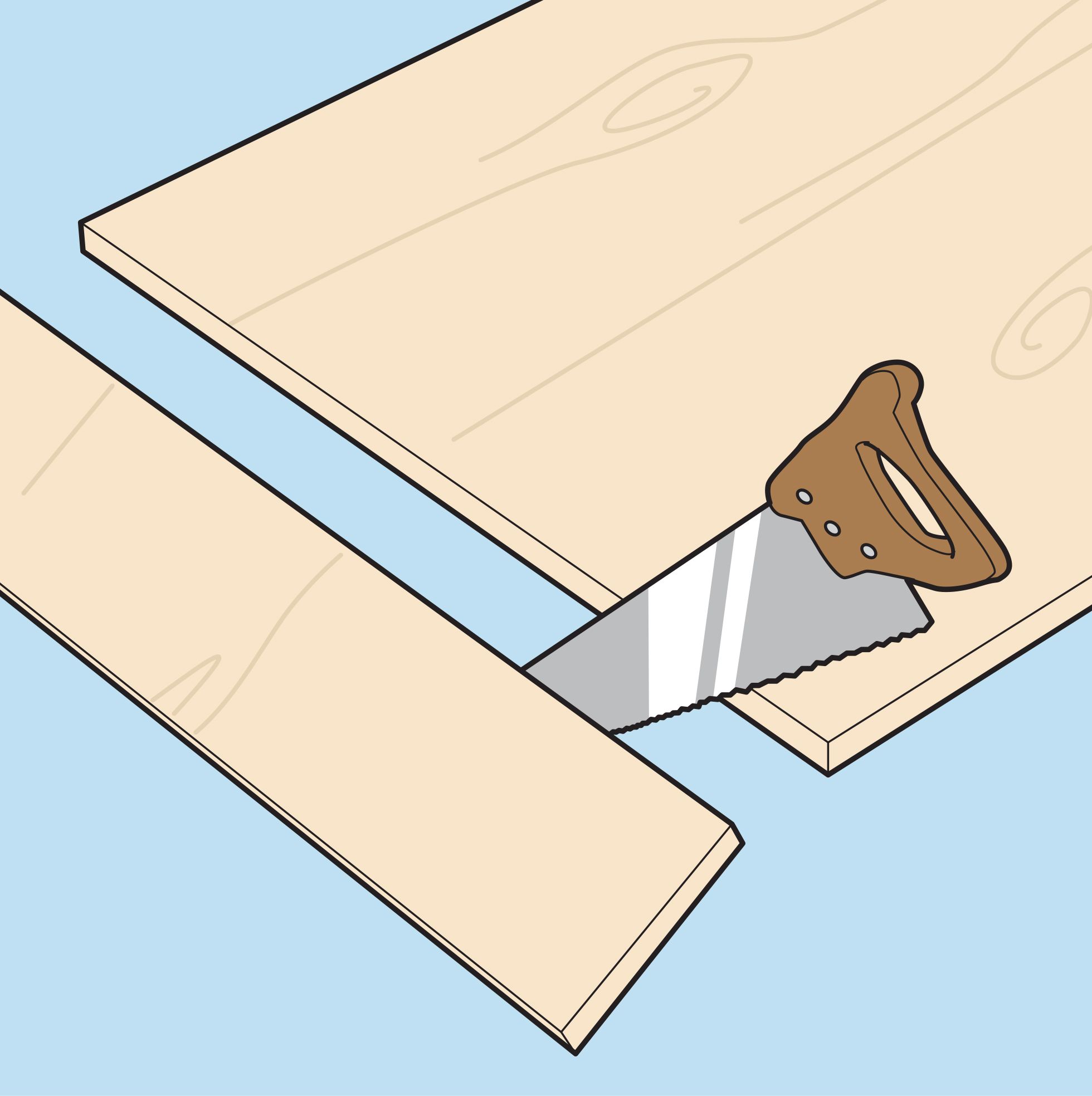
Measure your bed and decide on the dimensions for your headboard. For a queen-sized bed, a typical headboard might measure 60 inches wide by 28 inches tall. However, feel free to choose different dimensions to better suit your space or style preferences. Mark these measurements on your 1/2-inch plywood and cut it using a saw. Make sure all corners are perfectly square to maintain a sleek appearance. If you’re not comfortable with this step, many hardware stores offer cutting services.
Foam Cutting Techniques
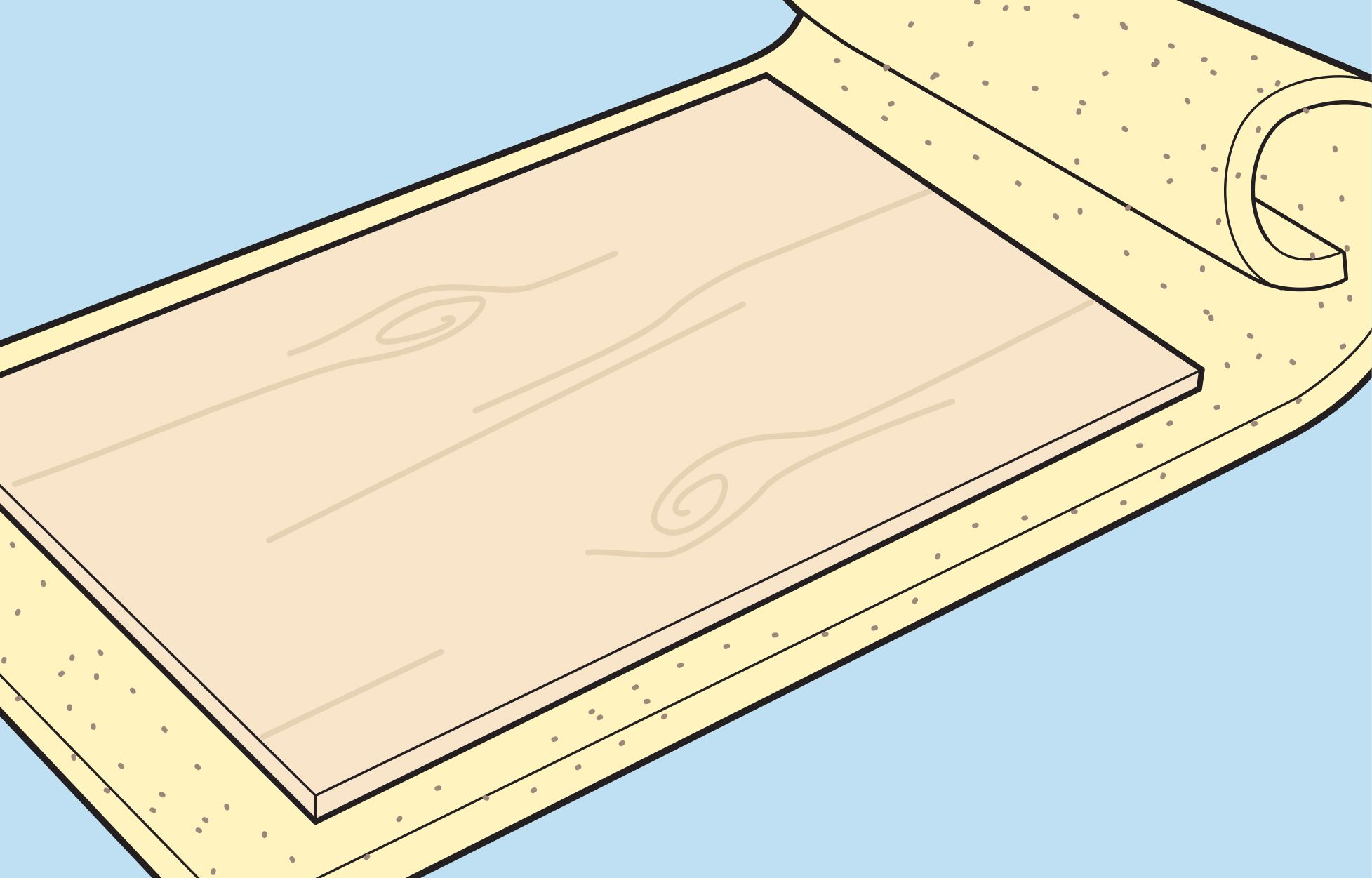
Once your plywood is cut, use it as a template for cutting your foam. Lay the foam on the floor and place the plywood on top. Trace the outline of the board onto the foam, then cut the foam with a utility knife. Take your time with this step to create clean, straight edges. If you struggle with cutting through thick foam, consider using an electric carving knife for more precise cuts.
Layering and Securing Materials
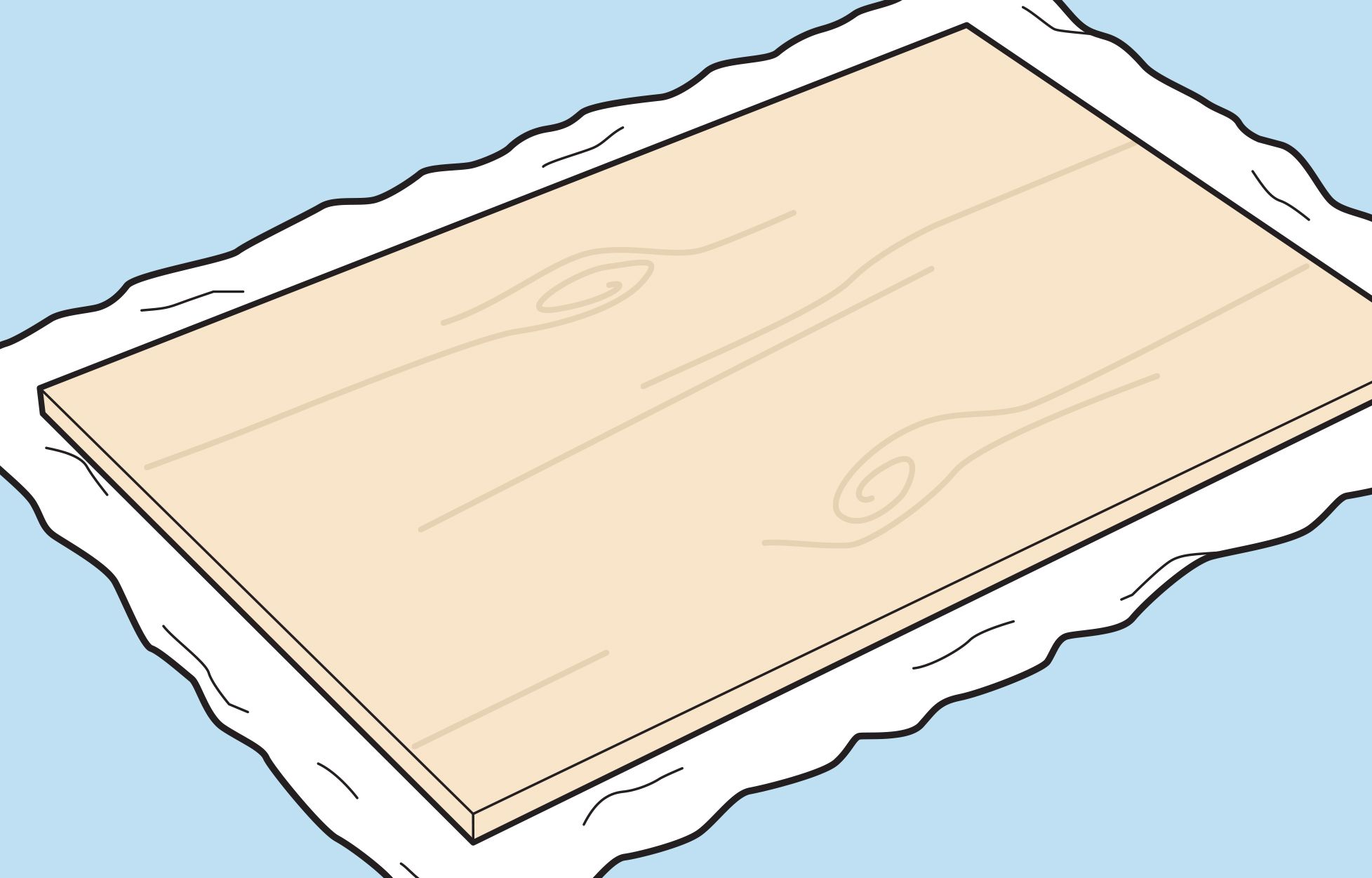
With your base materials prepared, it’s time to start assembling your headboard layers. This process creates the soft, cushioned surface that makes upholstered headboards comfortable. Layering the foam and batting correctly is key to achieving a smooth, even appearance.
Attaching Foam to Plywood
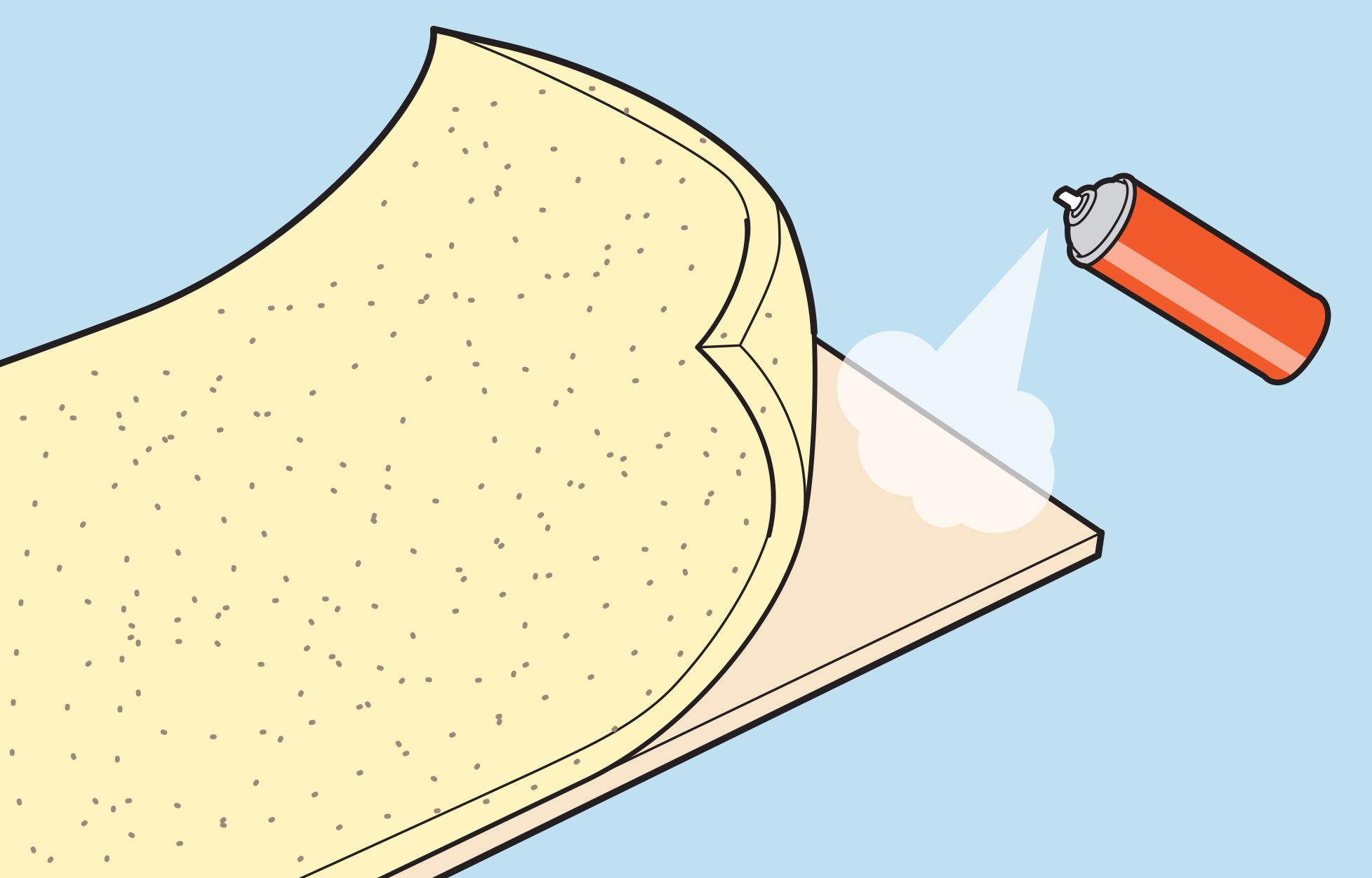
To adhere the foam to the plywood, use spray adhesive. Apply the adhesive evenly to both the plywood and the foam, then carefully align and press them together. Allow the adhesive to dry completely before moving to the next step. This results in a secure bond that will prevent the foam from shifting or bubbling over time. For added help, consider using upholstery pins to temporarily hold the foam in place as the adhesive sets.
Applying Batting Over Foam
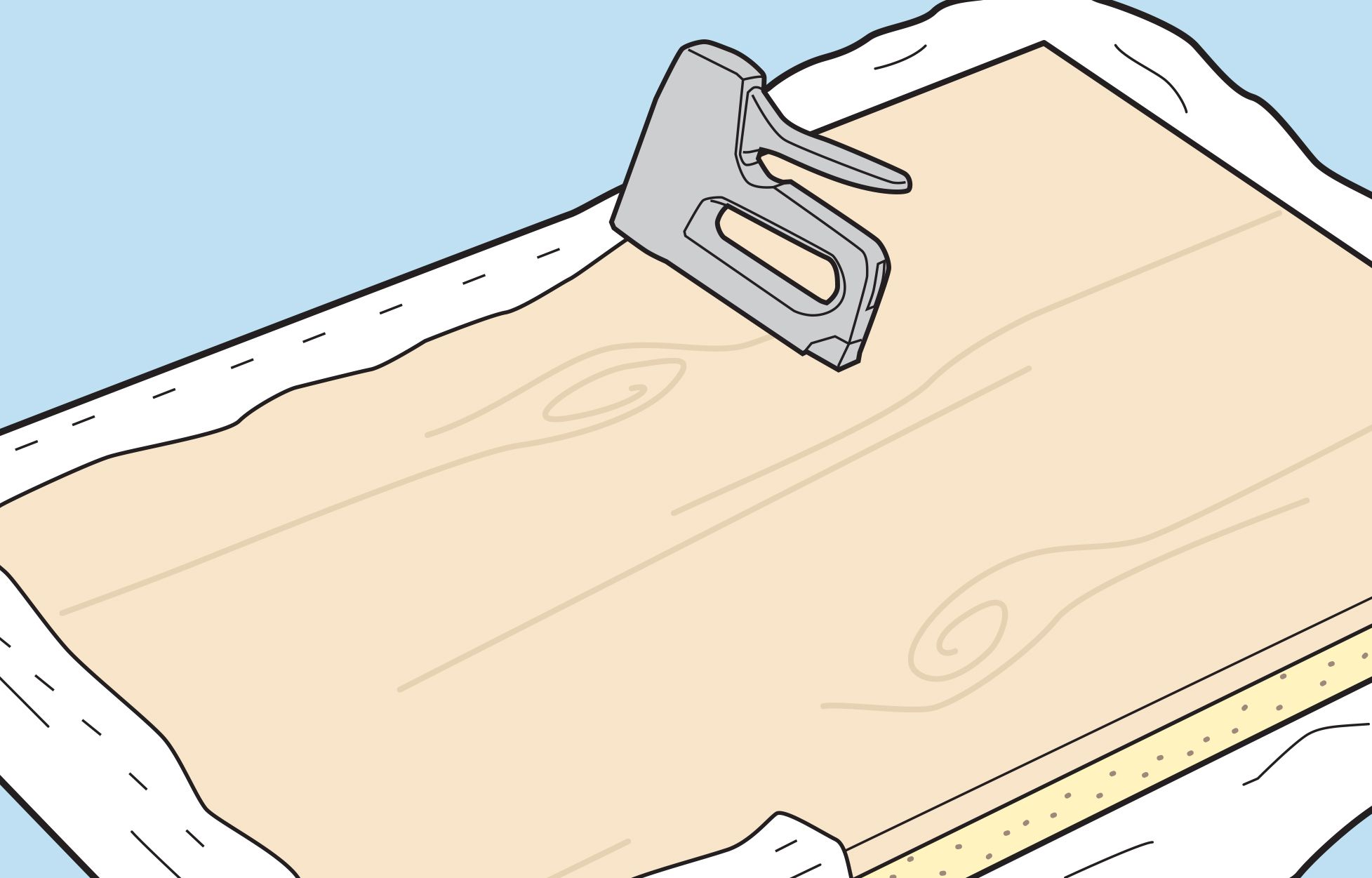
Next, lay out your batting and place the foam-covered plywood on top. Cut the batting, leaving a few extra inches on each side. Flip the entire piece over so the batting is on the bottom. Starting from the center of each side, pull the batting taut and staple it to the back of the plywood. Work your way around the board, smoothing out any wrinkles as you go. Pay special attention to the corners, folding them neatly for a clean finish. You can add an extra layer of batting if you want additional softness.
Upholstering Your Headboard
The upholstering process is where your headboard really starts to take shape. This step requires patience and attention to detail to achieve a smooth, professional-looking result. The fabric selection and proper stretching techniques play important roles here.
Stretching and Securing Fabric
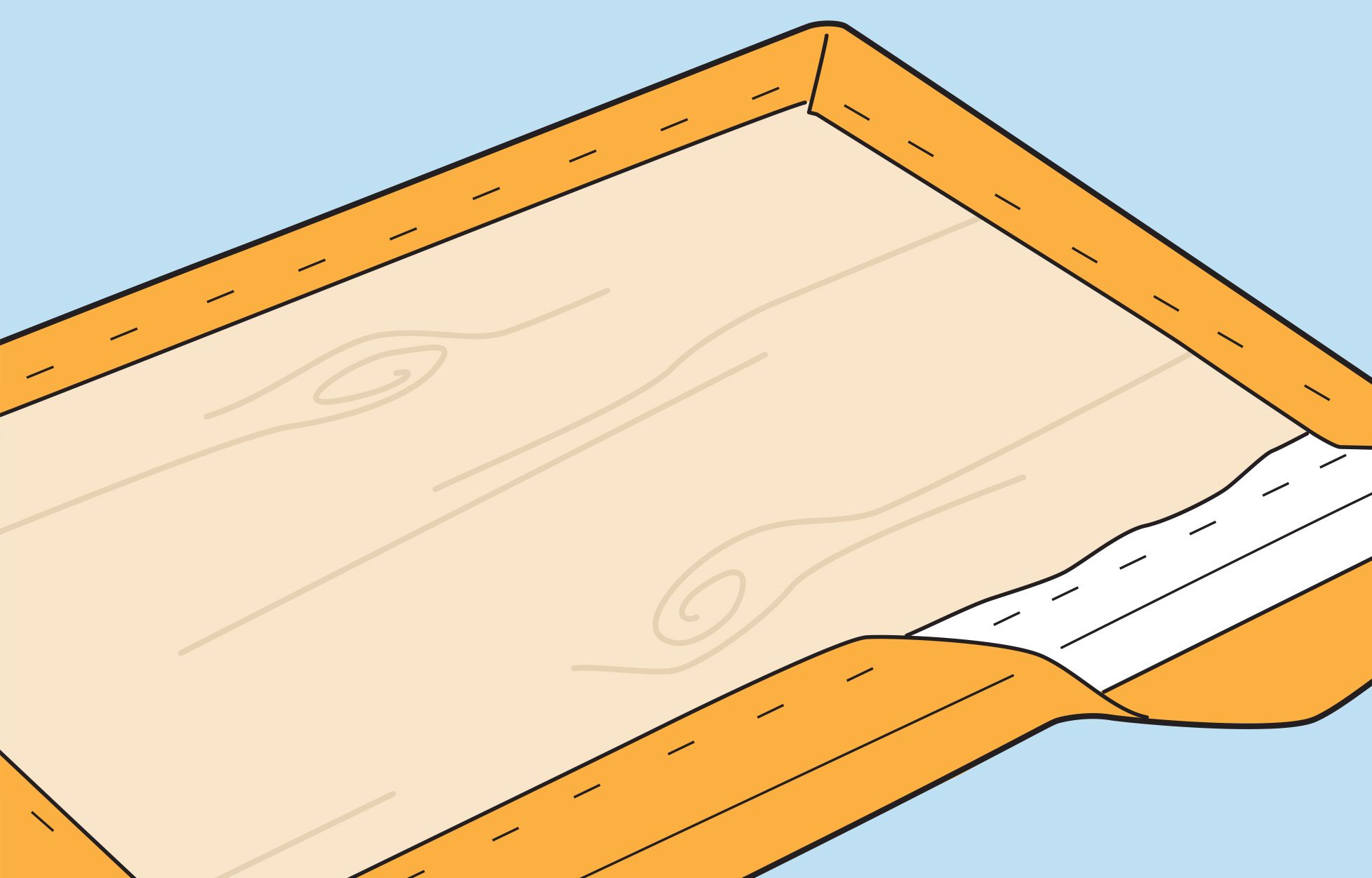
Lay your fabric face-down on a clean surface and center your batting-covered headboard on top. Like the batting process, start by pulling the fabric taut from the center of each side and stapling it to the back of the plywood. Work your way around the headboard, smoothing the fabric as you go to avoid wrinkles or bunching. Use plenty of staples to ensure the fabric is securely attached. Fabric tension is the best way to prevent sagging over time, so consistently check and adjust as needed.
Dealing With Corners and Edges
Corners can be tricky, but with careful folding, you can achieve a clean look. Fold the fabric at the corners as you would when wrapping a gift, creating neat pleats. Staple these folds in place, trimming any excess fabric to reduce bulk. For a polished edge, you can add decorative nailhead trim or create a simple folded edge by tucking the fabric under before stapling. We’ll get more into that below.
Adding Decorative Elements
To elevate the look of your headboard, consider adding some decorative touches. These elements can transform a simple upholstered headboard into a statement piece.
Applying Nailhead Trim
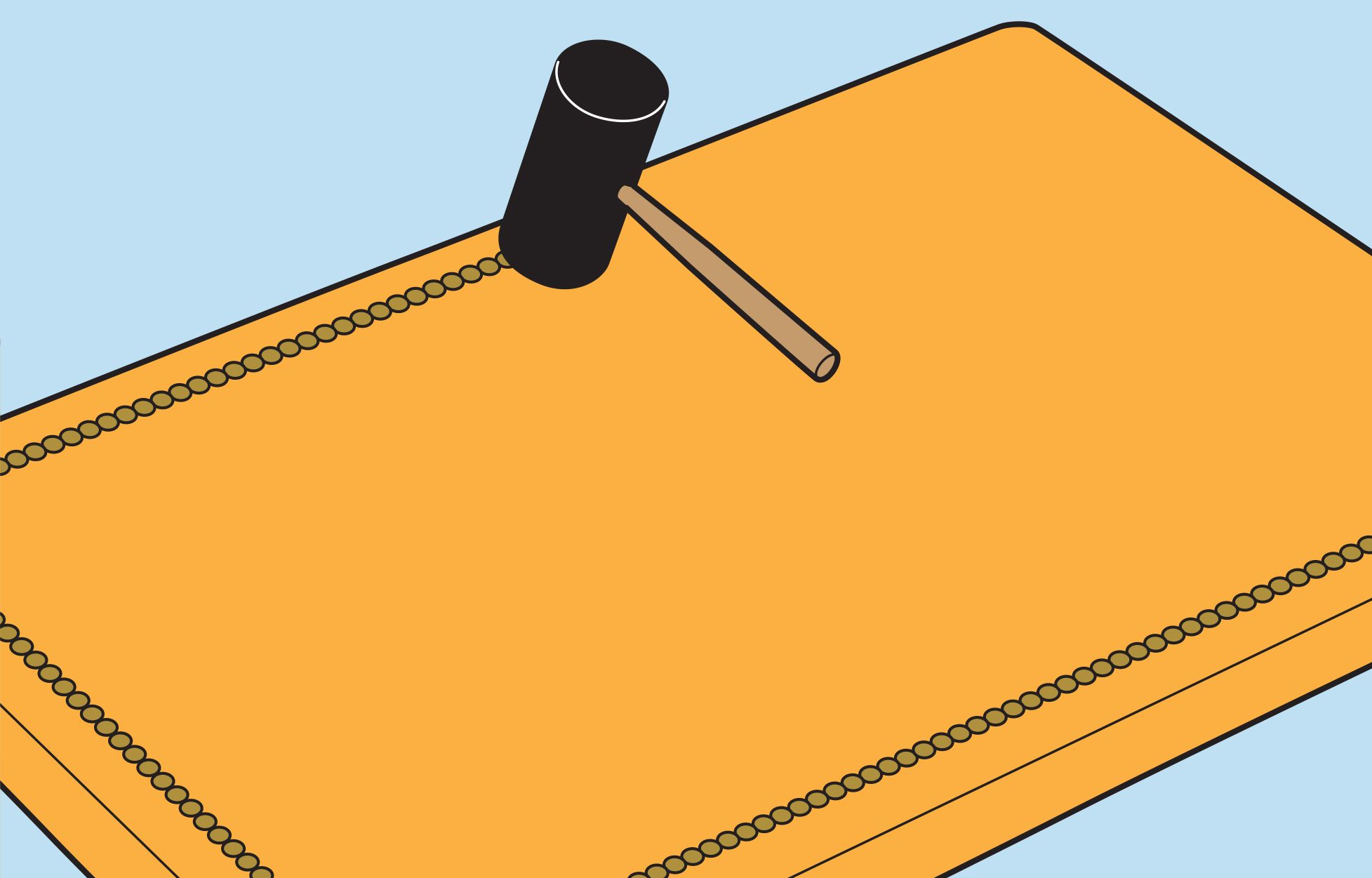
Nailhead trim adds a classic, sophisticated touch to upholstered furniture. To apply, start at the bottom of one side and work your way up, tapping in nailheads with a mallet. Use a ruler to ensure your line stays straight. For easier application, you can use nailhead trim strips, which allow you to apply multiple nailheads at once. Experiment with different patterns, such as outlining the headboard or creating a design within the fabric.
Creating Tufted Designs
For a more luxurious look, consider creating a tufted design. This involves making evenly spaced indentations in the foam and fabric, secured with buttons. While this technique requires additional planning and materials, it can dramatically enhance the appearance of your headboard. Tufting not only adds visual appeal but also offers a tactile element to the design.
Mounting Your DIY Headboard
With your headboard complete, the final step is to mount it securely. There are two main methods for attaching your headboard: wall-mounting or attaching directly to the bed frame. Each method has its benefits, depending on your preference and room layout.
Wall-Mounting Methods
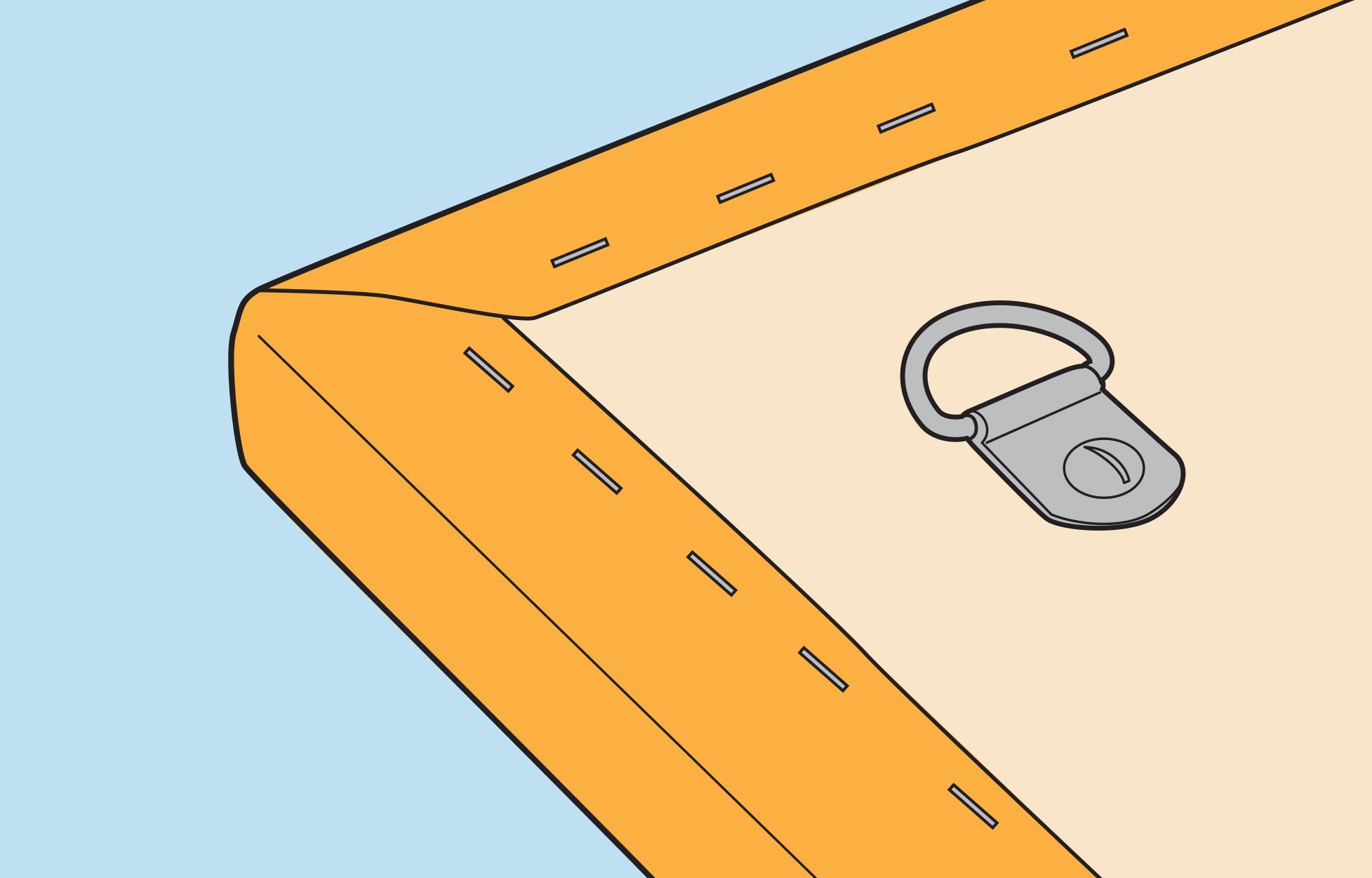
To mount your headboard to the wall, attach two D-rings to the back of the plywood. Mark their positions on the wall, install wall anchors if necessary, and hang the headboard from screws or hooks. This method works well for creating a floating headboard effect and is ideal if you want to position the headboard higher on the wall. Check that the headboard is aligned correctly by using a leveling tool during installation.
Attaching to Bed Frame
If your bed frame has a setup for a headboard, you can attach your DIY creation directly to the frame. This typically involves bolting the headboard to the bed frame using the existing holes or brackets. Always make sure the headboard is level and securely fastened to prevent wobbling or detachment. This allows the headboard to move with the bed, which can be more practical for certain setups.
Troubleshooting Common Issues
Even with careful planning, you might encounter challenges during your project. Addressing potential problems early can save time and prevent frustration.
Addressing Fabric Wrinkling
If your fabric appears wrinkled even after stretching and stapling, try using a steamer to remove the wrinkles. Be cautious not to oversaturate the fabric, as this could affect the adhesive and padding underneath.
Ensuring Even Padding
If you notice uneven padding, add extra batting to even out lumpy areas. Double-check thickness across the headboard to maintain a uniform appearance.
Perfecting Corner Techniques
Corners are often the most challenging aspect of a DIY headboard. Practice your corner folding technique on scrap fabric before tackling the actual headboard. Neat, well-defined corners will significantly improve the overall look of your project.
